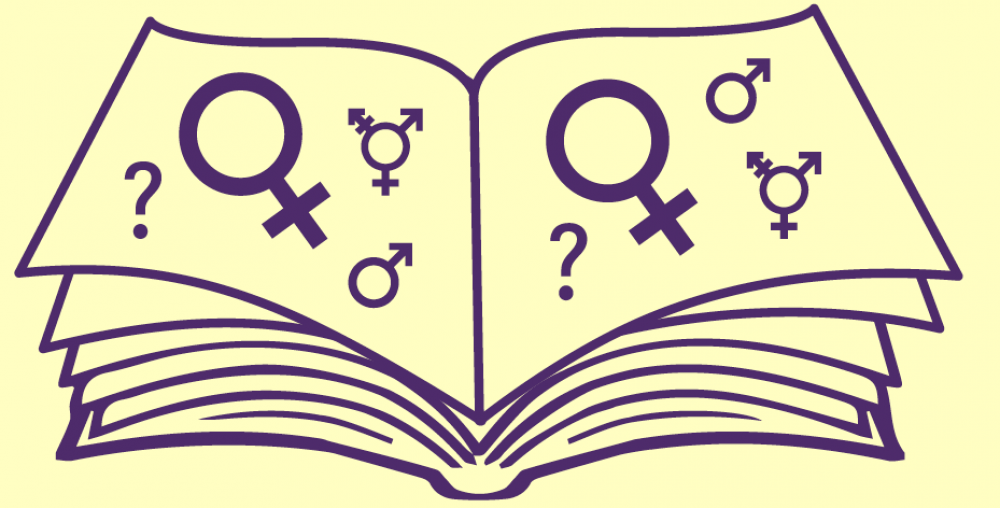There isn’t a day that goes by that i done see some sort of poverty in NYC. Most of what I see occurs in the subway everyday. Almost everyday someone comes in the train and announces that they are homeless and would value anything you give them. But in a city where people are always on the move and speed is always increasing there is not a lot of attention to the homeless. As well not everyone can afford to give money to every homeless person they see in the subway. With this recently concluded election, who knows what will be done to change the amount of poverty in the country. Mayor Bill De Blasio just over a year ago announced a plan to help reduce the poverty rate by raising the minimum wage to give everyone a chance but that faces difficulty as raising the minimum wage is a state decision. What I seem to notice most about the homeless is that, while New York is a very diverse city, most are either Hispanic or African American or Asian. I read a few months ago that just under fifty percent of New York’s population is homeless. That mean just under fifty percent in made up of those three ethnic groups. In all honesty those are pretty disheartening numbers. Most of the time on the train, i have my headphones in my ear but those times when i listen to them explain their situation, one thing reoccurs. They receive little to no help from the government. Somehow you have to acknowledge that the homeless seek help from society and its officials. As Audre Lorde says in Age, Race, Class, Sex: Women Redefining Difference, “change means growth, and growth can be painful. But we sharpen self-definition by exposing the self in work and struggle together with those whom we define as different from ourselves, although sharing the same goals.(Lorde123)




